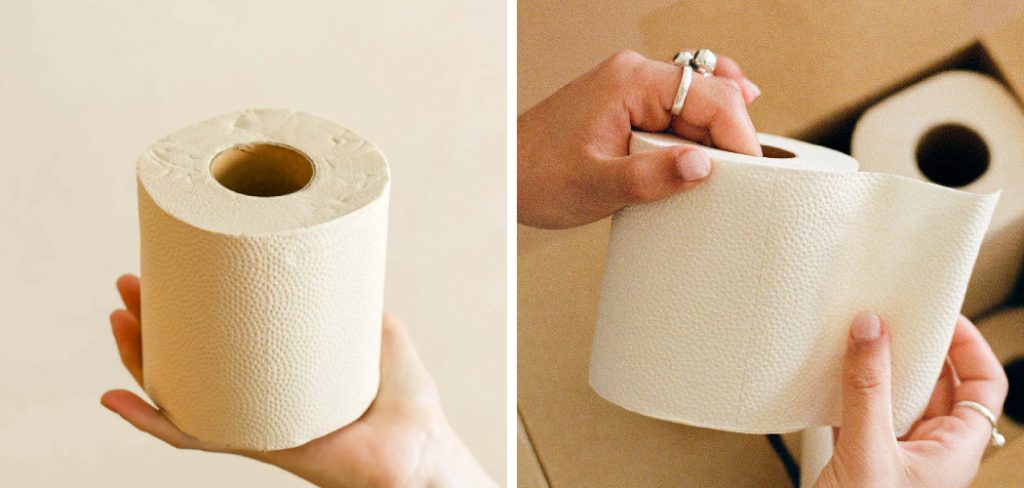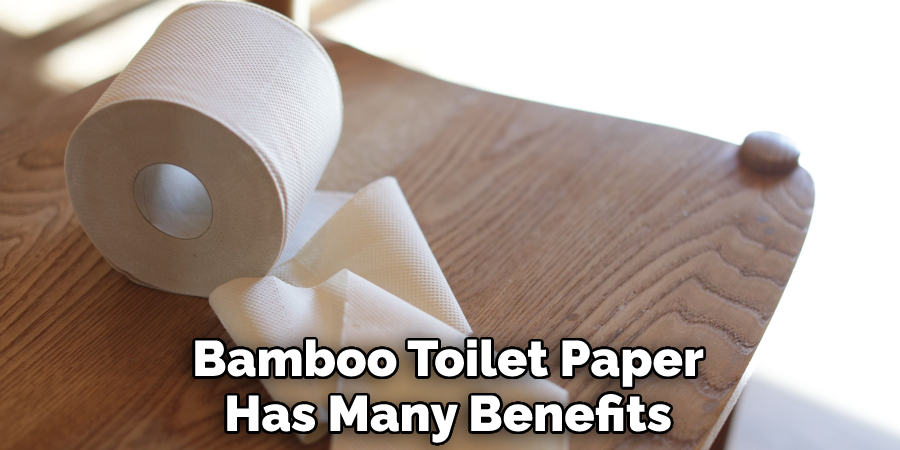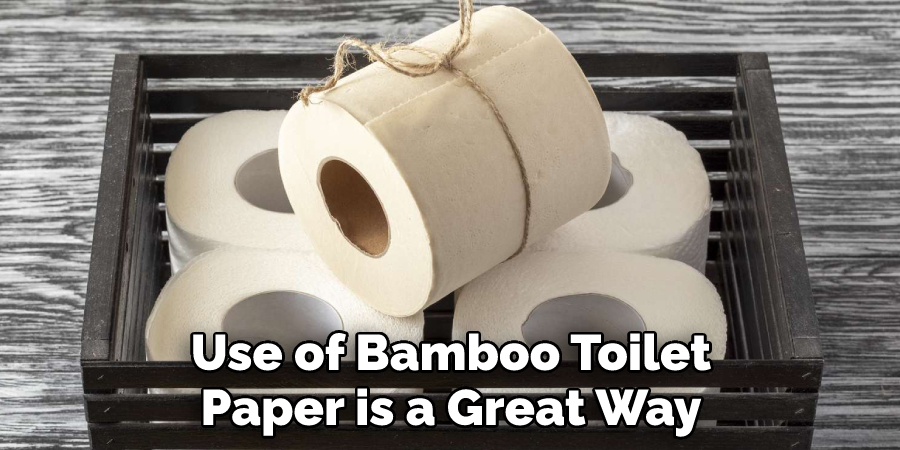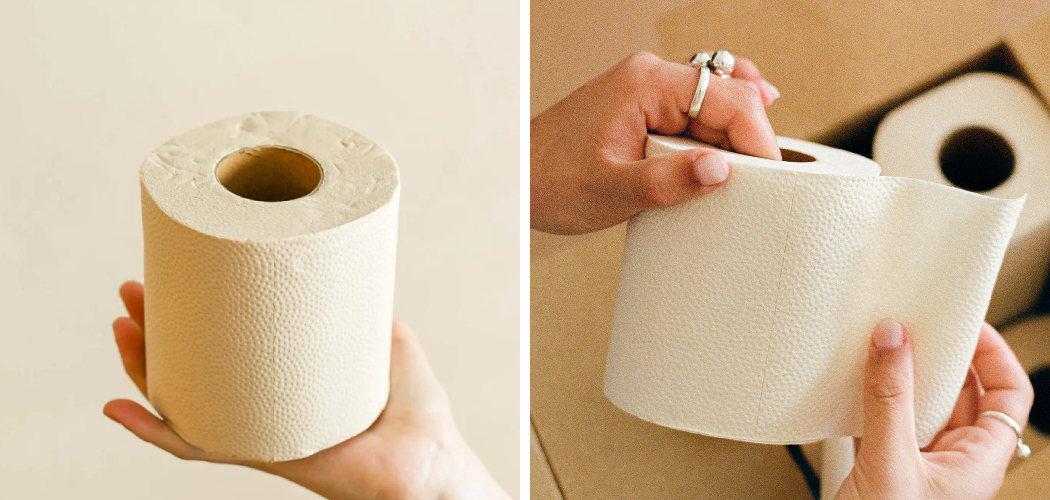Are you someone curious as to how bamboo toilet paper is made? If so, you’ve come to the right place! From growing the raw material in plantations to producing it into finished products, our blog post will provide an informative guide on how is bamboo toilet paper made. In this detailed overview, we’ll discuss the process of cultivating and harvesting bamboos for use in a variety of consumer products— including paper-based items such as tissue and towels — as well as environmental sustainability considerations for using this alternative resource.

If you’re looking for a sustainable and eco-friendly alternative to traditional toilet paper, bamboo toilet paper may be the perfect solution. This type of toilet paper offers numerous benefits over traditional varieties; it is softer, more durable and incredibly gentle on skin. But how exactly is it made? Here, we’ll explore the process behind creating bamboo toilet paper and why people love using it so much. We’ll discuss the manufacturing process from start to finish, as well as some of its most attractive qualities when compared to regular TP. Read on to learn all about how your favorite environmentally-friendly TP is made!
Benefits of Bamboo Toilet Paper
1. Durable Yet Soft
One of the most significant benefits of bamboo toilet paper is that it is incredibly soft, yet durable. Unlike other types of toilet paper such as recycled materials or wood pulp-based products, bamboo toilet paper does not break down easily and can withstand more use than other options. As a result, you won’t have to worry about your toilet paper tearing or leaving behind bits of paper in your bowl.
2. Hypoallergenic and Eco-Friendly
Bamboo toilet paper is hypoallergenic, which means that it does not contain any chemicals or fragrances that could irritate sensitive skin. Additionally, bamboo toilet paper is made from a renewable resource – making it much more eco-friendly than other types of toilet paper.
3. Absorbs Quickly and Flushes Easily
Unlike some other materials, bamboo toilet paper is known for its absorbency as well as its ability to flush quickly and easily. This means that you won’t have to worry about clogging your pipes or having your toilet back up.
Overall, bamboo toilet paper has many benefits that make it a great option for those looking to make their bathrooms more eco-friendly and comfortable. Whether you’re looking for something softer on your skin or just want an environmentally friendly alternative to traditional toilet paper, bamboo is the way to go!

How is Bamboo Toilet Paper Made in 6 Easy Steps
Step 1: Harvesting
The very first step is the harvesting of bamboo. The process begins by cutting down mature bamboos and transporting them to nearby factories for further processing. This is done manually using machetes or other traditional tools.
Step 2: Soaking
The next step involves soaking the harvested bamboo in water tanks for several days and nights, which helps break down cellulose present in the bamboo and helps it become soft. You have to make sure that the temperature and amount of water used is just right, or else this will affect the quality of the toilet paper.
Step 3: Chipping
Once the bamboo has been soaked properly it needs to be chipped into small pieces. This is done by using a chipper machine which grinds up the bamboos into small chips. Also, the chips need to be of uniform size.
Step 4: Pulping
The bamboo chips are then transferred to a pulping machine which helps separate the fibers from each other. This is done by adding hot water and chemicals into the mixture. Once all the fibers are separated, they are collected and stored in vats for later use.
Step 5: Extraction
The next step is the extraction of bamboo pulp from the vats. This is done by adding more hot water and using a centrifuge machine. The centrifugal force helps to separate out the fibers, which are then stored in tanks for later use.

Step 6: Manufacturing
Finally, these extracted fibers are used to create toilet paper using a special machine. The pulp is mixed with water and other chemicals before being fed into the machine, which shapes it into thin sheets. These sheets are then rolled up and packaged for sale. Finally, the finished product can be shipped off to retailers all over the world!
The process of making bamboo toilet paper is simple yet complicated, and the steps involved need to be followed correctly for the best results. The process helps ensure that the toilet paper is strong and durable and that it does not cause any harm to the environment. It also ensures that each roll of bamboo toilet paper is safe for use in homes and businesses. So next time you pick up a roll of bamboo toilet paper, you can be sure that it was made with love and care.
Frequently Asked Questions
What Precautions Should I Take When Making Bamboo Toilet Paper?
Making bamboo toilet paper is a relatively straightforward process, but it’s important to take certain precautions to ensure a safe and effective product. First, make sure you use clean, uncontaminated water when processing the bamboo fibers.
Also, be aware that some chemicals may be used in the manufacturing process, so make sure you use protective gear like gloves and goggles. Additionally, be sure to follow all directions on the package of bamboo pulp carefully to ensure that the toilet paper is made properly. Finally, take extra care when handling hot water or steam during the production process to prevent injury.

Are There Any Health Benefits Associated with Using Bamboo Toilet Paper?
Bamboo toilet paper is an eco-friendly alternative to traditional paper products, as it is made from a renewable resource. Bamboo fibers are also free of chlorine bleach, which can be harmful to the environment.
Additionally, bamboo toilet paper is hypoallergenic and won’t aggravate sensitive skin, so it’s a great option for people with allergies or skin sensitivities. Furthermore, bamboo toilet paper is much softer and more absorbent than traditional wood pulp-based paper products, making it an ideal choice for those with unique needs.
How Should Bamboo Toilet Paper Be Stored?
Bamboo toilet paper should be stored in a cool, dry place and away from any direct sunlight. Additionally, it’s best to avoid storing the toilet paper in a moist environment, as this can cause the fibers to break down more quickly. To extend the life of your bamboo toilet paper, keep it sealed in an air-tight container or bag when not in use. With proper storage and care, bamboo toilet paper can last for many months.
What Else Can Bamboo Toilet Paper Be Used For?
Bamboo toilet paper isn’t just restricted to the bathroom; it can also be used in other areas of the home. Bamboo tissue is especially well suited for cleaning and polishing surfaces, as its soft fibers are gentle enough to use on delicate surfaces.
Additionally, it can be used for various craft projects or even as packing material, due to its strength and absorbency. Finally, bamboo paper can make a great substitute for regular paper towels in the kitchen or other areas of the home.
How Much Does Bamboo Toilet Paper Cost?
The cost of bamboo toilet paper depends on the quality and brand. Generally, it is more expensive than traditional wood pulp-based paper products, but higher-end brands may be comparable in price.
Additionally, many bulk and wholesale suppliers offer discounts for buying large quantities of bamboo toilet paper at once, which can help drive down the cost. Ultimately, it is best to shop around and compare prices before making a purchase to ensure you get the best deal. Also, be sure to factor in the cost of shipping and taxes when making your purchase.
Should I Consider Going Green and Using Bamboo Toilet Paper?
Absolutely! The use of bamboo toilet paper is a great way to reduce your environmental impact. Compared to traditional wood pulp-based paper products, bamboo toilet paper requires fewer chemicals in its production process, plus it is biodegradable. Plus, the fibers are incredibly strong and durable, making it a great option for those looking for an eco-friendly solution.

With so many benefits, it’s no wonder why bamboo toilet paper is becoming more popular among environmentally conscious consumers. Overall, bamboo toilet paper is an eco-friendly alternative that offers many benefits over traditional paper products. With the right precautions and storage methods, it can be a great way to reduce your environmental impact while still enjoying all of the benefits of toilet paper.
Conclusion
Now you know how is bamboo toilet paper made! Bamboo toilet paper is a sustainable and renewable alternative to traditional paper products. It’s made from fast-growing bamboo plants which produce fibers that are soft, absorbent, and durable. The production process involves pulping the bamboo plant fibers into thin sheets of cellulose before rolling them up into individual rolls.
This type of toilet paper is usually free of harsh chemicals, dyes, and fragrances. It’s also hypoallergenic and biodegradable, making it a great eco-friendly choice for people who care about the environment. Plus, it’s often more affordable than traditional toilet paper brands. So what are you waiting for? Give bamboo toilet paper a try today!

